Compression fittings are critical components in electrical, mechanical, and industrial applications, providing secure, leak-proof connections for pipes, tubes, and cables. Known for their durability, ease of installation, and reliability, compression fittings ensure efficient performance across various sectors.
At Kriloha Ltd., we specialize in supplying high-quality compression fittings that meet stringent industry standards. Whether for electrical conduits, hydraulic systems, or plumbing, our compression fittings deliver unmatched performance and longevity.
• 🌍 Global Supplier of Premium Metal Parts
• 🧪 Strict Quality Checks & Standard Compliance
• 🔧 Custom Manufacturing Capabilities
• 📦 Bulk Orders with On-Time Delivery
• 🧰 Tailored Solutions for Industry-Specific Needs
Whether you’re in automotive design, electrical engineering, or construction, Kriloha Ltd. offers precision brass fasteners tailored to your specifications.


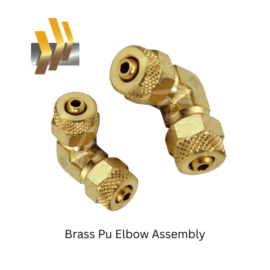
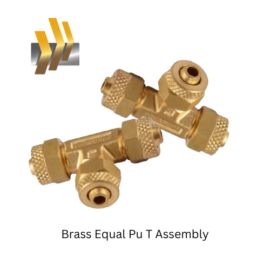
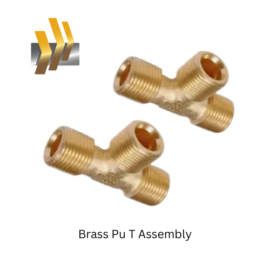

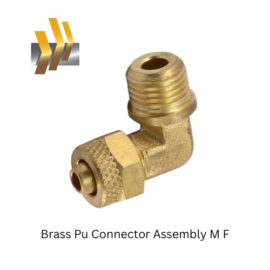
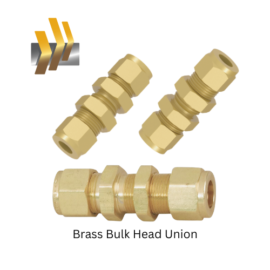
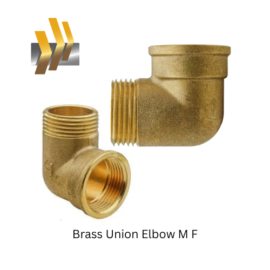

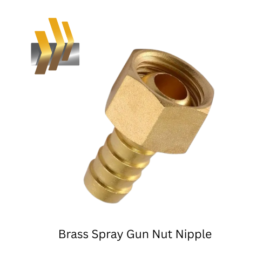


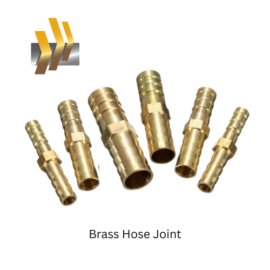
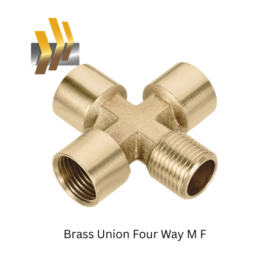
Compression fittings are primarily used to create secure, leak-proof connections between pipes or tubing in plumbing, gas lines, hydraulic systems, and electrical conduits without requiring soldering or welding.
They work by compressing a ferrule (olive ring) between the fitting body and compression nut, creating a tight seal when the nut is tightened. This creates a permanent, vibration-resistant connection.
Common materials include:
• Brass (most common for general use)
• Stainless steel (for corrosive environments)
• Plastic (for low-pressure applications)
• Copper (for plumbing systems)
While possible to disassemble and reuse, it's not recommended as the ferrule becomes deformed during initial compression. For critical applications, always use new fittings.
Yes, when properly installed, they can handle high pressures (typically up to 1,000 psi for brass fittings). However, flare or welded fittings may be better for extreme pressure applications.
Compression fittings crush a ferrule onto the pipe, while flare fittings require the pipe end to be flared outward. Flare fittings are typically used for gas lines and high-pressure systems.
Generally no - the compression creates the seal. However, some installers use a small amount of pipe dope on threads for extra security in gas applications.
Tighten until snug, then give an additional 1/4 to 1/2 turn. Over-tightening can damage the ferrule or tubing. Follow manufacturer's torque specifications when available.
They work best when matched to the pipe material (brass with copper, etc.). Special adapters are needed for dissimilar material connections to prevent galvanic corrosion.
Key advantages:
• No special tools or heat required
• Allow for easy disassembly
• Work in tight spaces where soldering is difficult
• Provide vibration resistance
• Suitable for a wide range of applications
Properly installed compression fittings can last 20+ years. Brass fittings in indoor applications often outlast the piping system itself. Regular inspection is recommended for critical systems.
3 Stanhope Gate, Yorktown Business Park Camberley GU15 3DW. UK
© Copyright by Cytech Media